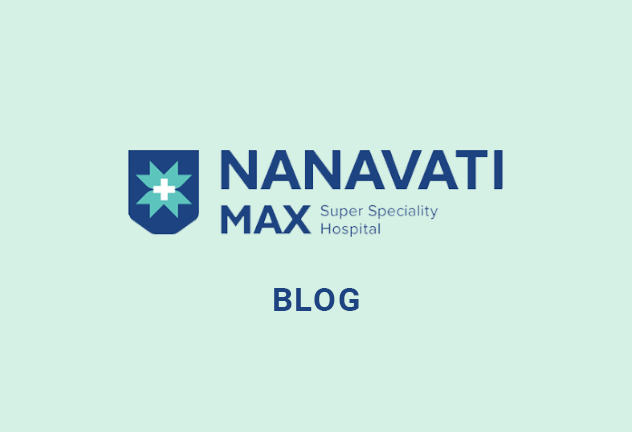Overview
Open Heart Surgery is a procedure in which the chest is incised or opened along the breastbone to operate on the heart, arteries, and other tissues surrounding it. It can be performed for all age groups. This approach is utilized in the following conditions:
- Coronary Artery Bypass Grafting (CABG): The diseased coronary artery supplying blood to the heart is replaced by another artery.
- Valve replacement surgery: Heart valves that prevent the backflow of blood from the heart are replaced when they are not functioning properly.
- Atherosclerosis: Plaque forms in arteries due to high sugar and cholesterol levels. These plaques are removed with open-heart surgery.
- Aortic aneurysm: Aneurysm is the balloon formation in the main artery originating from the heart and supplying blood to the entire body.
Alternate Name for Open Heart Surgery
Traditional heart surgery; Bypass surgery; Coronary artery bypass grafting
Body Location
Heart; coronary arteries; heart valves
Open Heart Surgery Procedure
The cardiac surgeon will make a long incision in the center of the chest to expose the underlying muscles and tissues. The muscles are cut to visualize the heart beneath the chest wall. The cardiac surgeon may perform the surgery on a beating heart or use a bypass machine that takes over the heart’s function. This bypass stops the heart from beating so that the surgeon can operate.
Depending on the heart disease, the respective artery or tissue may be removed and replaced with a donor graft. Once done, the bypass machine is stopped to jump-start the heart again. The cut muscles and tissues are sutured back, and the skin over the breastbone is stitched and covered with a bandage.
Preparation for Open Heart Surgery
- All medications taken must be informed to the doctor, and you may be advised to stop them before the open heart surgery.
- A thorough fitness assessment is conducted, which includes blood tests for blood count and type, blood sugar levels, blood pressure, heart volumes and capacities, chest X-ray, pulse rate, Echocardiogram (ECG) for assessing the heart rate, rhythm, etc. Once you are deemed fit by the physician, you will be admitted to the hospital.
- Intravenous fluids will be begun to maintain nutrition and hydration.
- 12-hour overnight fasting is required before the surgery.
- You will be asked to bathe with antiseptic soap to ensure a pathogen-free operating site over the chest.
- The chest will be shaved by a nurse or ward boy.
- The anesthesiologist will administer general anesthesia to make the open-heart surgery painless and comfortable.
Open Heart Surgery Procedure Type
Surgical invasive procedure
Follow Up
A follow-up for stitch removal at the end of 2 weeks is necessary. A dressing may be done for the incision site more frequently. Cardiac and general fitness tests are carried out at the end of 4–6 weeks to assess the function of the heart, lungs, and the body as a whole. The tests include a cycle ergometer test, which will examine your physical ability to exercise, an ECG, and a chest X-ray.
Risks of Open Heart Surgery
- Infection at the operated site: The sutures may get infected due to improper hygiene.
- Cardiac arrest: Older age and the presence of comorbidities may predispose to a cardiac arrest after open heart surgery.
- Lung infection: Fluids may get accumulated in the lungs after surgery leading to infection and pneumonia.
- Cardiac arrhythmias: Arrhythmias indicate fluctuating heart rate due to the improper functioning of the heart.
- Fever: Infection may cause a rise in the core body temperature.
- Generalized weakness: The surgical procedure and anesthesia weaken the heart and muscles causing fatigue and muscle weakness.
Recovery from Open Heart Surgery
You will need to stay for 7–10 days at the hospital after open heart surgery. One needs to follow certain precautions at home and incorporate lifestyle changes like eating a nutritious diet and exercising regularly. Complete bed rest is essential when in the hospital, but more frequent ambulation is advised to prevent blood clot formation and other complications. Depending on the recovery, you will be allowed to drive and/or play recreational sports after 3–6 months.


